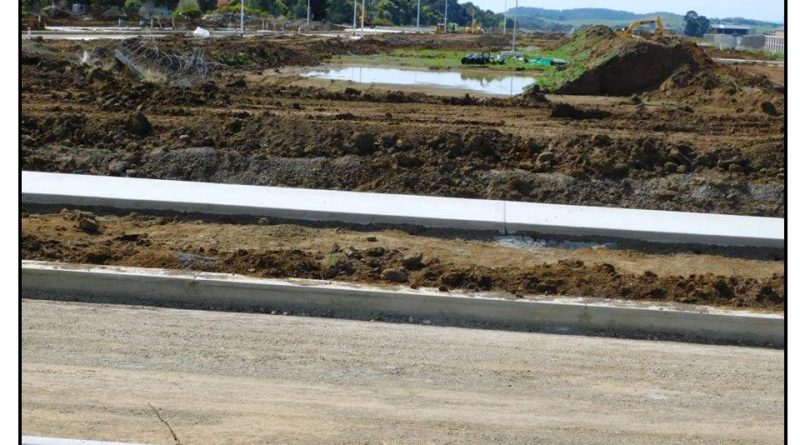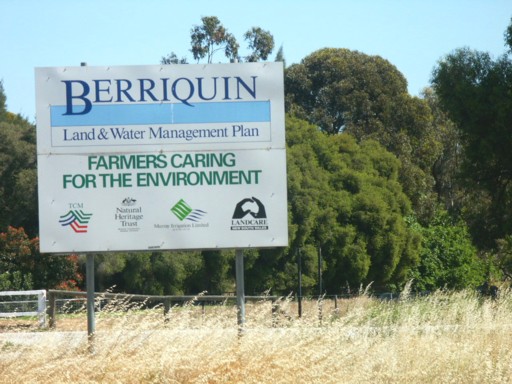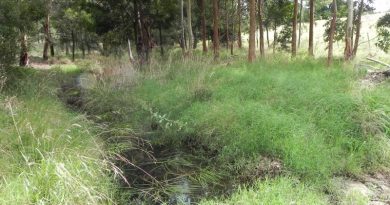Climate Emergency – a Plan versus an Action Plan
By Patrick Francis
Despite plenty of words spoken and good intentions to take practical actions for climate change adaptation the Macedon Ranges Shire draft Climate Emergency Plan 2023 – 2030 contains no community wide emission reduction targets with dates and data over five year intervals. Given community emissions are enormous 554,000 tonnes CO2e in 2020, figure 1A, increasing to 571,000 tonnes CO2e per year in 2021, figure 1B, and will likely increase dramatically due to plans to increase shire towns populations, the authors are not serious about reducing emissions.

Figure 1: The Macedon Ranges Shire 2020 emissions profile is dominated by electricity and transport emissions. There are no targets presented in its Climate Emergency Plan to show by what amount these emissions will be reduced by 2030. Source: Snapshot.
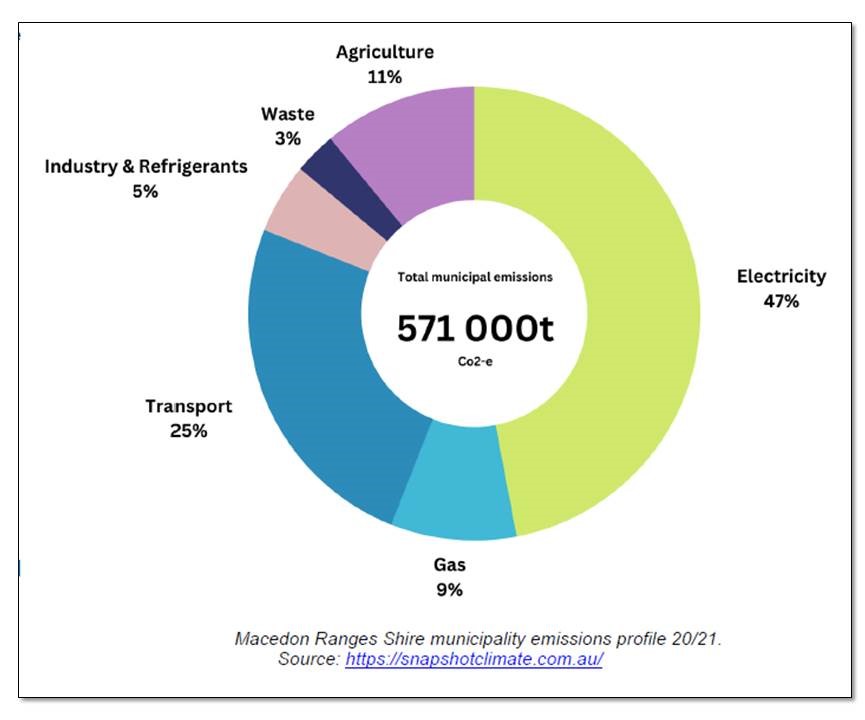
Figure 1B: In just one year the organisation reporting municipal emissions have increased the Macedon Ranges Shire emissions profile by 17,000 tonnes CO2e.
The most discussed emissions reduction initiatives are the “low hanging fruit” ones, they are easy to adopt or purchase, are affordable and often have post-purchase financial benefits. Solar panels on houses and offices, and electric cars are good examples. If a council, business or individual can afford them the return on investment is attractive, environmental stewardship reputation is enhanced and there is no inconvenient community backlash for Councils to put up with.
But when the initiative to reduce emissions or deliver carbon abatement is more complicated by planning and environmental considerations, is costly with a low long-term return on investment, or causes lifestyle inconvenience, then discussion and intentions around them from councils, businesses and individuals usually deteriorate into greenwashing or no action at all.
Greenwashing is making statements about protecting and enhancing the environment to cap global warming at 1.5C with no genuine intention to deliver change through actions and financial commitments. Good examples of genuine emissions reductions are solar farms, battery storage, reduced vehicle speed limits, reafforestation in farming and rural conservation zones, more local agriculture for low food miles, bioenergy generation, reduced air travel, smaller lower emissions houses, higher density housing within existing infrastructure, more urban open and green spaces, and enhanced public transport.
The Macedon Ranges Shire Council’s Draft Climate Emergency Plan 2023 – 2030 released for comment in October 2023 is a typical example of greenwashing at the local government level.
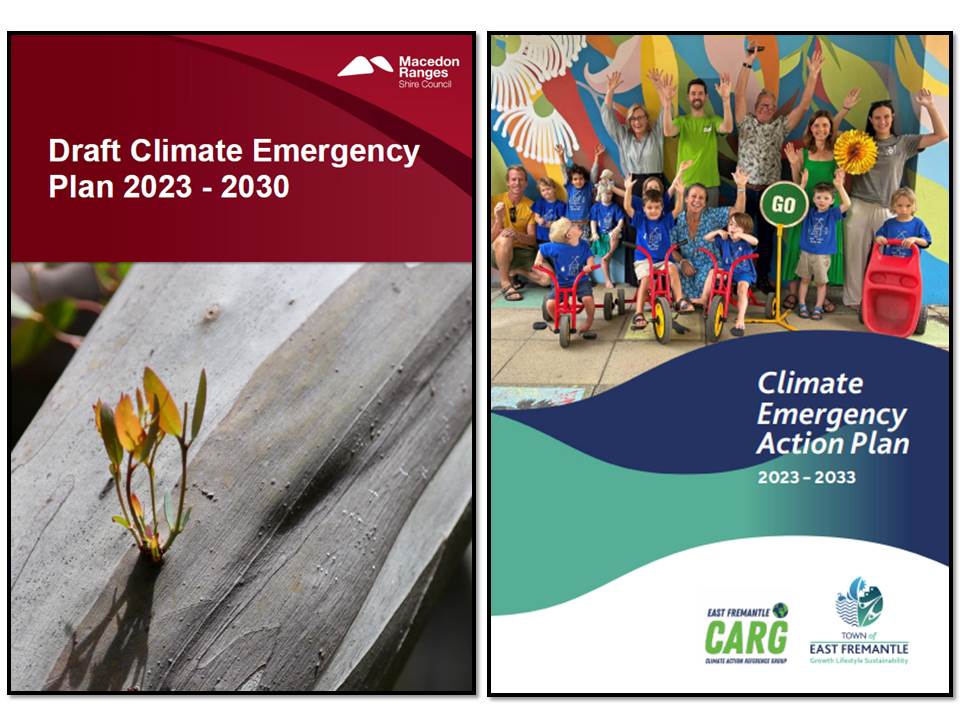
Figure: The Macedon Ranges Shire Council’s Draft Climate Emergency Plan 2023 – 2030 fails to identify actual greenhouse gas emissions reductions from what were generated shire wide in 2021. In contrast the Town of Fremantle Climate Emergency Plan quantifies potential community wide emissions reductions up to 2030.
It fails to deliver the key requirement of an effective action plan for the Climate Emergency which must include targets for reduced emissions across the total shire, not just its own corporate activities. The lack of any targets means the Plan fails the United Nations test for tackling the Climate Emergency
But there are local government exceptions, the Town of East Fremantle (T of EF) in Perth Western Australia is one of them. It recently released its Climate Emergency Action Plan 2023 – 2030. The contrast with the Draft Macedon Ranges Climate Emergency Plan could not be starker. It actually contains some emissions targets and data around how specific actions can reduce emissions city wide.
Like the MRSC it pats itself on the back for reducing its own corporate emissions through the low hanging fruit approach, or easy adoption strategies such as electric vehicles, solar electricity and disconnecting gas and then promotes its corporate zero emissions by 2030 policy. While the T of EF omits scope 3 emissions like those generated by contractors heavy vehicles it owns up to addressing these emissions by purchasing carbon offsets such as Australian Carbon Credit Units (ACCUs) or open market offsets. The MRSC’s plan makes no such admission.
The Town’s corporate emissions are relatively simple to address because they are mostly (97%) associated with light vehicle emissions and electricity use in buildings and on streets, figure 2A. They are replacing fossil fuel powered light vehicles with electric vehicles and installing solar power on buildings and purchasing green power. T of EF contends that by 2030 its (contractors) heavy vehicle emissions will amount to just 15 – 20 tonnes CO2e per year and can be offset by purchasing carbon credits for around $40 per tonne or just $600 to $800 per year.
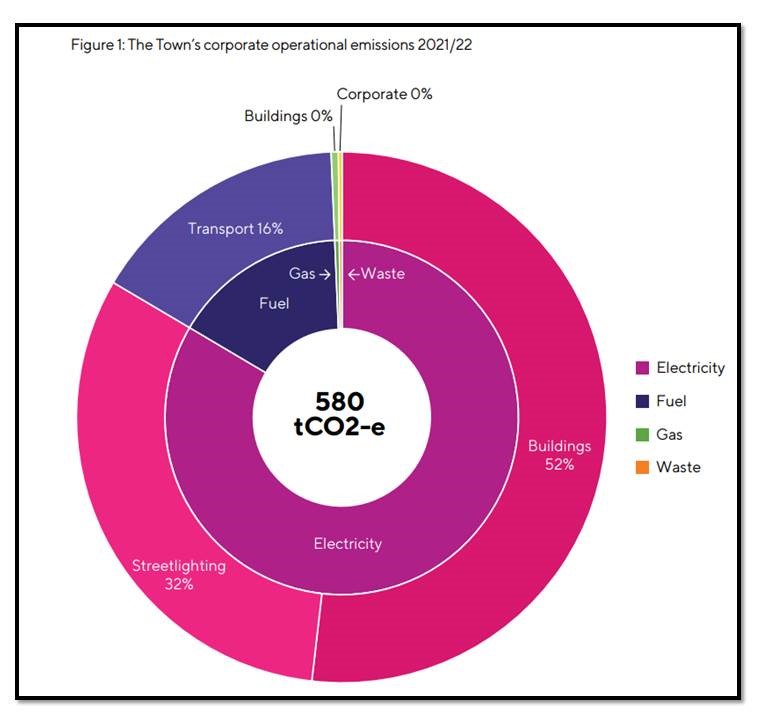
Figure 2A: Town of East Fremantle corporate emissions are dominated by electricity and fossil fuel in light vehicles all of which are easily eliminated when scope 1 and 3 emissions can be accounted for by purchasing carbon offsets. Source: snapshotclimate.com.au
In contrast the Town of Fremantle’s total community emissions are 100 times larger and have far more complicated contributions which need specific actions across the community for reductions to happen, Figure 2B.
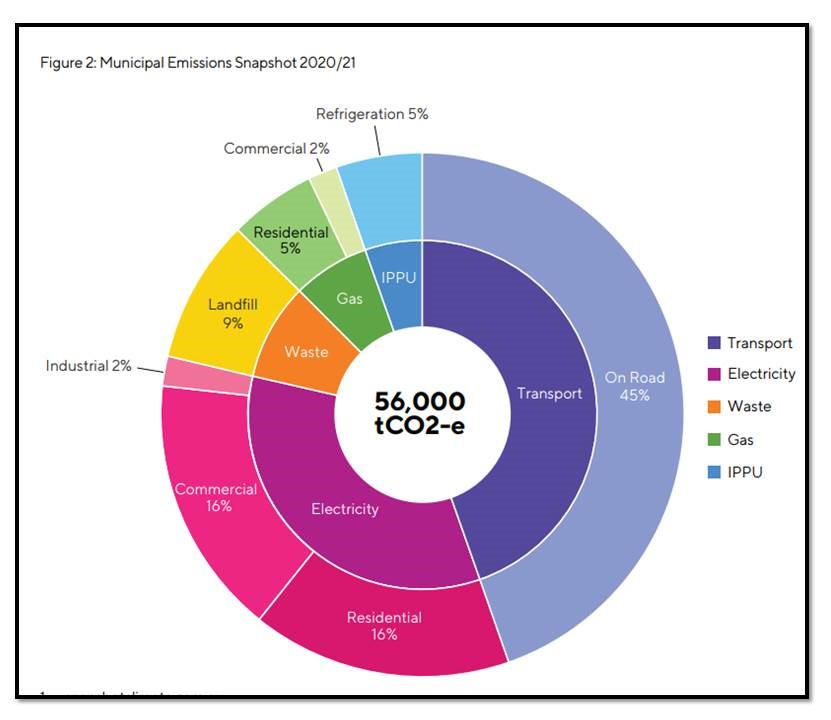
Figure 2B. Town of Fremantle total community emission profile in 2021/22. While fossil fuel and electricity dominate actions to help individuals and businesses to change to green power the emissions reduction pathway is far more complicated than the Town’s corporate pathway. Source: snapshotclimate.com.au
But where the Town of Fremantle differs from MRSC is its attempts to quantify and recognise methods to reduce community emissions. While the outcomes are not great they may achieve a 15 to 20% reduction by 2030 compared with 2021/22 emissions. Importantly the Plan has community targets across sectors and owns up to the fact that without greater input from the community with support from state and federal governments improvement will be slow and community net zero is a long way beyond 2030.

Figure 3: The Town of Fremantle’s has a proposed pathway and target for total community emissions to reduce by 15 – 20% by 2030 which is a long way off net zero emissions despite the Town’s much smaller corporate emissions being close to achieving net zero by 2030. Source: snapshotclimate.com.au
The Town of Fremantle’s Plan is much more closely aligned to United Nations advocacy around emissions than the MRSC draft climate emergency plan. In its 2022 Report “Credibility and Accountability of Net-Zero Emissions Commitments of Non-State Entities” the United Nations chair of the High level Expert Group Catherine McKenna states“Though countries need to take the lead, solving the climate crisis is not up to them alone. Non-state actors— industry, financial institutions, cities and regions —play a critical role in getting the world to net zero CO2 emissions no later than 2050. They will either help scale the ambition and action we need to ensure a sustainable planet or else they strongly increase the likelihood of failure. The planet cannot afford delays, excuses, or more greenwashing.
“We know what we need to do: peak global emissions in just three years, by 2025, and cut emissions in half in less than eight years, by 2030. Non-state actors cannot focus on reducing the intensity of their emissions rather than their absolute emissions or tackling only a part of their emissions rather than their full value chain (scopes 1, 2 and 3 emissions).
The Town of East Fremantle’s Climate Emergency Action Plan has seven strategic objectives which includes some targets for community emissions:
* Energy
* Green Spaces
* Water
* Transport
* Infrastructure
* Procurement
* Waste
For each Strategic Objective the plan highlights the problem, the solutions, the actions and the barriers and provides estimated annual reduction by 2030 with actual tonnes of CO2e per annum for some actions. But most actions outcomes are not quantified and are simply described as having a high, medium or low impact emissions reduction impact. Without data such descriptions are more likely to be greenwash.
Another significant omission in the T of EF Plan as it is with the MRSC Plan is failure to address additional business as usual emissions generated by population increase up to 2033. The actual emissions generated in 2021/22 and shown in figure 3 as declining up to 2030 are misleading if population of East Fremantle is increasing. Population growth produces its own organic emissions growth which may or may not be offset by emissions reductions within each Strategic Objective. It is possible that the 10,000t CO2e of emissions reductions suggested up to 2030 will be cancelled out by increased emissions across the six sectors due to population growth.

Figure 4: Forecast population growth in Macedon Ranges shire to 2036. Neither the MRSC or the Town of East Fremantle accounted for the organic growth in greenhouse gas emissions from population growth in their respective Climate Emergency plans to 2030.
Sometimes when providing its strategic vision within each sector the Plan includes misleading statements. For instance under the Energy Actions it states “Council will encourage the community to transition to zero emissions by 2030” knowing full well that is impossible. Its own most optimistic estimates for annual impact from all Energy actions being successfully implemented are just 28% of the 20,160 tonnes CO2e being produced in 2030
Green Spaces Actions contain no emissions reductions data which is disappointing given the Town knows the area of public land available for urban forest planting and can easily calculate likely abatement over at least 20 years before reafforestation reaches carbon equilibrium.
The Water Actions have no estimated impacts on emission by 2030 which is understandable because they are mostly about climate adaptation.
The Transport Actions estimated annual impacts by 2030 mostly centre around savings made electrifying council’s corporate fleet. Legitimate but a fraction of community’s total transport emissions which account for around 45% of the 56,000 tonnes CO2e emitted per year, figure 2B. Surprisingly there is no target for the percentage of community vehicles that are likely to be electric or hybrid by 2030 and the impact this would have on transport emissions.
Infrastructure Actions have no targets for estimated annual impact by 2030.
Procurement Actions have no targets for estimated annual impact by 2030 and are more associated with climate adaptation than emissions reductions.
Waste Actions have no targets for estimated annual impact by 2030.
Take home message
While the Town of East Fremantle’s Climate Emergency Action Plan is far better placed to achieve actions in the community which will reduce emissions by 2030 the fact is net zero emissions across a city council or shire is a long way beyond 2030. Policy statements around net zero by 2030 are often misleading and apply only to part of a council’s corporate emissions, most Actions relating to community emissions are at best aspirational if not greenwash.
Where these plans mislead the public is failure to distinguish between corporate emissions and community emissions the latter being significantly higher and requiring a high level of public support and participation beyond the financially advantageous, low hanging fruit strategies of electric vehicles, rooftop solar and gas disconnection.
The last word around councils Climate Emergency plans comes as a warning in Ironbark Sustainability’s document Climate Change Responsibilities and Opportunities for Rural Councils in Victoria. Under the banner Integrating climate change into decision-making it states “Governments and organisations need to ensure the decisions they make now do not build in new risks to foreseeable issues. Making decisions that do not account for foreseeable climate change risks opens councils and other authorities up to issues of negligence and liability risks. Addressing these issues requires councils to integrate climate change considerations across decision-making. This includes assessing the potential impact of climate change on decisions made and assessing the expected greenhouse gas emissions associated with potential actions and decisions.”
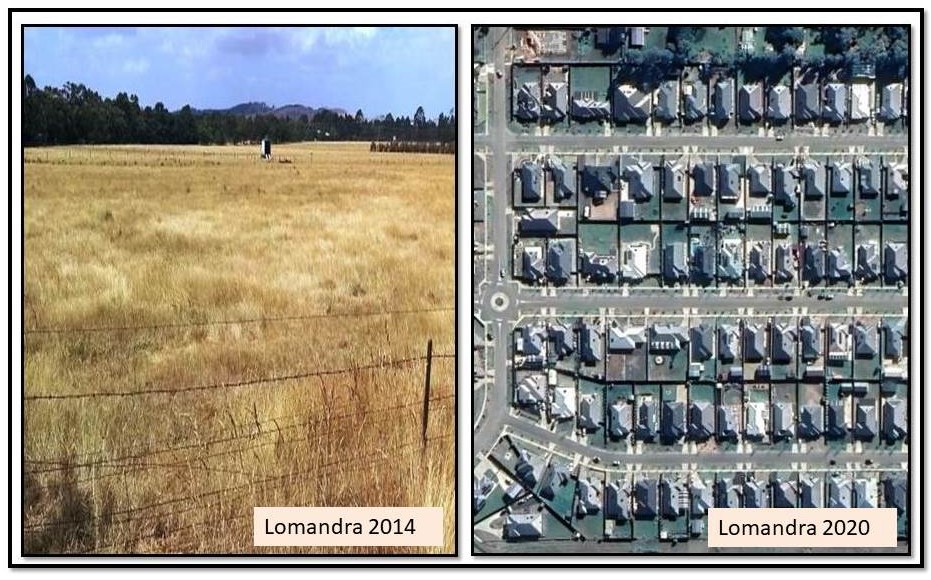
Figure 5A: Councils and developers of new housing estates on greenfields sites such as this one on farming land adjacent to Romsey in Macedon Ranges Shire have been able to ignore greenhouse gas emissions generated by the development build and community population increase. But since declaring a climate emergency and adoption of Net Zero Emissions policies such dismissal is no longer acceptable and “… opens councils and other authorities up to issues of negligence and liability risks.” Photos: Patrick Francis, Google Earth.
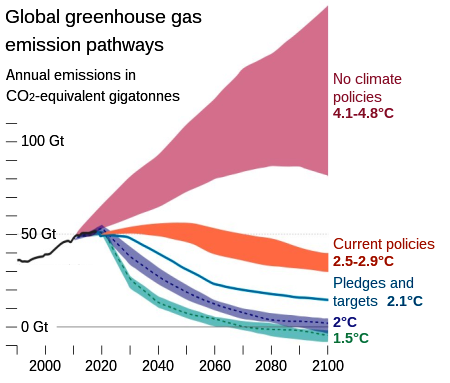
Figure 5B: A reminder of what’s at stake for global temperature with no or inadequate emissions reductions targets.
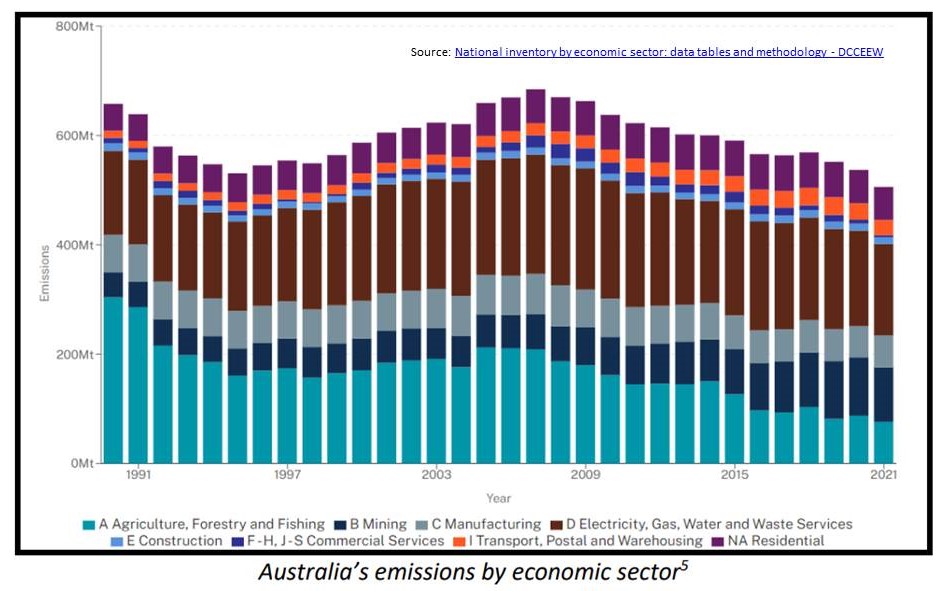
Figure 5C: Australia’s direct emissions by sectors since 1990 show that residential and transport are not changing while agriculture and electricity emissions are declining. Source: National inventory by economic sector: data tables and methodology – DCCEEW
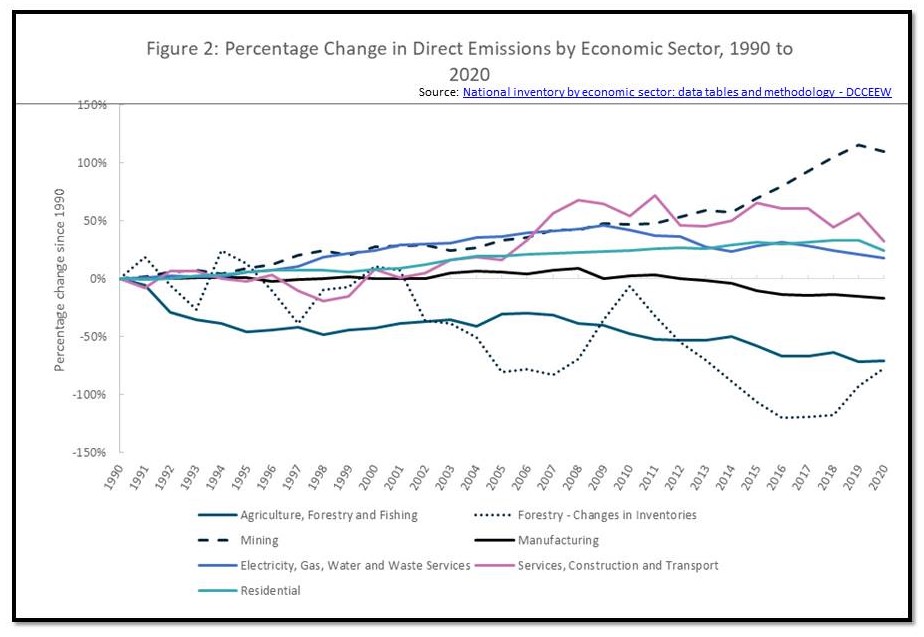
Figure 5D: Percentage change in emissions by sector show that residential emissions are an important contributor to the total emissions.
References:
IPES-Food, 2023. From plate to planet: How local governments are driving action on climate change through food. From Plate to Planet (ipes-food.org)
Climate_Emergency_Action_Plan_2023-2033_-_Web_.pdf (eastfremantle.wa.gov.au)
Macedon Ranges Shire Council Draft Climate Emergency Plan 2023 to 2030
“Credibility and Accountability of Net-Zero Emissions Commitments of Non-State Entities” the United Nations 2022 high-levelexpertgroupupdate7.pdf (un.org)
A climate emergency plan without targets is greenwashing – Moffitts Farm
Drivers of population change | Macedon Ranges Shire | Population forecast (id.com.au)
“Climate Change Responsibilities and Opportunities for Rural Councils in Victoria” by
Ironbark Sustainability, www.realaction.com.au

